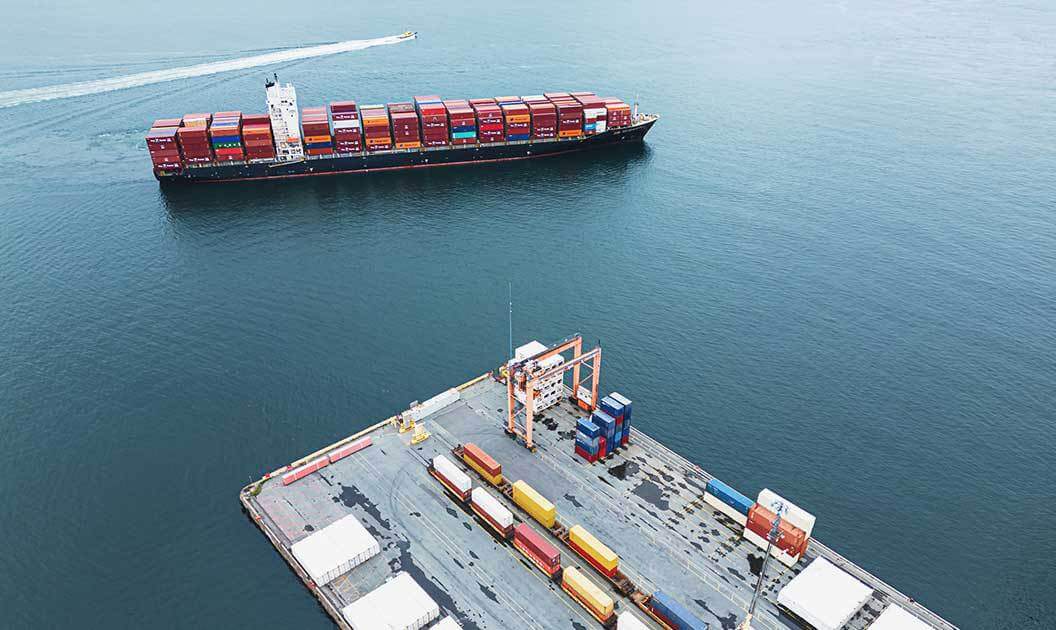
Transloading services play a crucial role in modern supply chain management, facilitating the seamless transfer of goods between different modes of transportation. This article delves into the significance of transloading services, their operational processes, advantages, and their impact on optimizing supply chains.
Understanding Transloading Services
Transloading involves the transfer of goods from one mode of transportation to another, typically from rail to truck, truck to rail, or from rail to ship. This process enhances logistical efficiency by ensuring that goods reach their destination using the most appropriate and cost-effective transportation method.
Transloading facilities are strategically located hubs equipped with the necessary infrastructure and equipment to handle this transfer efficiently. These facilities often serve as intermediate points between production or distribution centers and their final destinations.
Operational Processes
Transloading services typically involve the following key operational processes:
Receiving and Unloading
Goods are received from inbound transportation and unloaded at the transloading facility.
Sorting and Storage
Goods are sorted based on destination and stored temporarily until they are ready for the next mode of transportation.
Transfer
Goods are transferred from one mode of transportation to another, such as from rail to truck or vice versa.
Loading
Goods are loaded onto the outbound transportation, ensuring proper handling and securing of the cargo.
Dispatching
The loaded goods are dispatched to their respective destinations using the chosen mode of transportation.
Advantages of Transloading Services
Transloading services offer numerous benefits to businesses involved in the supply chain:
Cost-Efficiency
Transloading allows for the use of cost-effective modes of transportation for various legs of the journey, optimizing transportation expenses.
Improved Flexibility
Businesses can quickly adapt to changes in demand and adjust transportation methods accordingly, ensuring timely delivery.
Enhanced Reach
Transloading enables the use of different transportation networks, expanding the geographical reach and accessibility of the supply chain.
Reduced Inventory Holding Costs
By minimizing delays and optimizing transportation routes, transloading reduces the need for excessive inventory, ultimately lowering holding costs.
Environmental Sustainability
Utilizing the most efficient and environmentally friendly transportation options at each leg of the journey helps reduce the overall carbon footprint.
Impact on Supply Chain Optimization
Transloading services play a vital role in optimizing the supply chain by improving its overall efficiency and effectiveness. The streamlined transfer of goods between transportation modes ensures faster transit times, reduced congestion, and enhanced coordination in the supply chain.
By utilizing transloading facilities strategically positioned at key transportation junctions, businesses can achieve a competitive edge in the market. This optimized approach leads to cost savings, improved customer satisfaction, and a stronger bottom line.
Conclusion
Transloading services are a critical component of modern supply chains, offering a strategic approach to transportation logistics. The advantages of cost-efficiency, flexibility, improved reach, and environmental sustainability make transloading an indispensable tool for businesses aiming to enhance their supply chain operations.
By effectively integrating transloading services into their logistics strategies, businesses can achieve seamless operations, reduce costs, and ultimately elevate their competitiveness in a rapidly evolving global marketplace.


